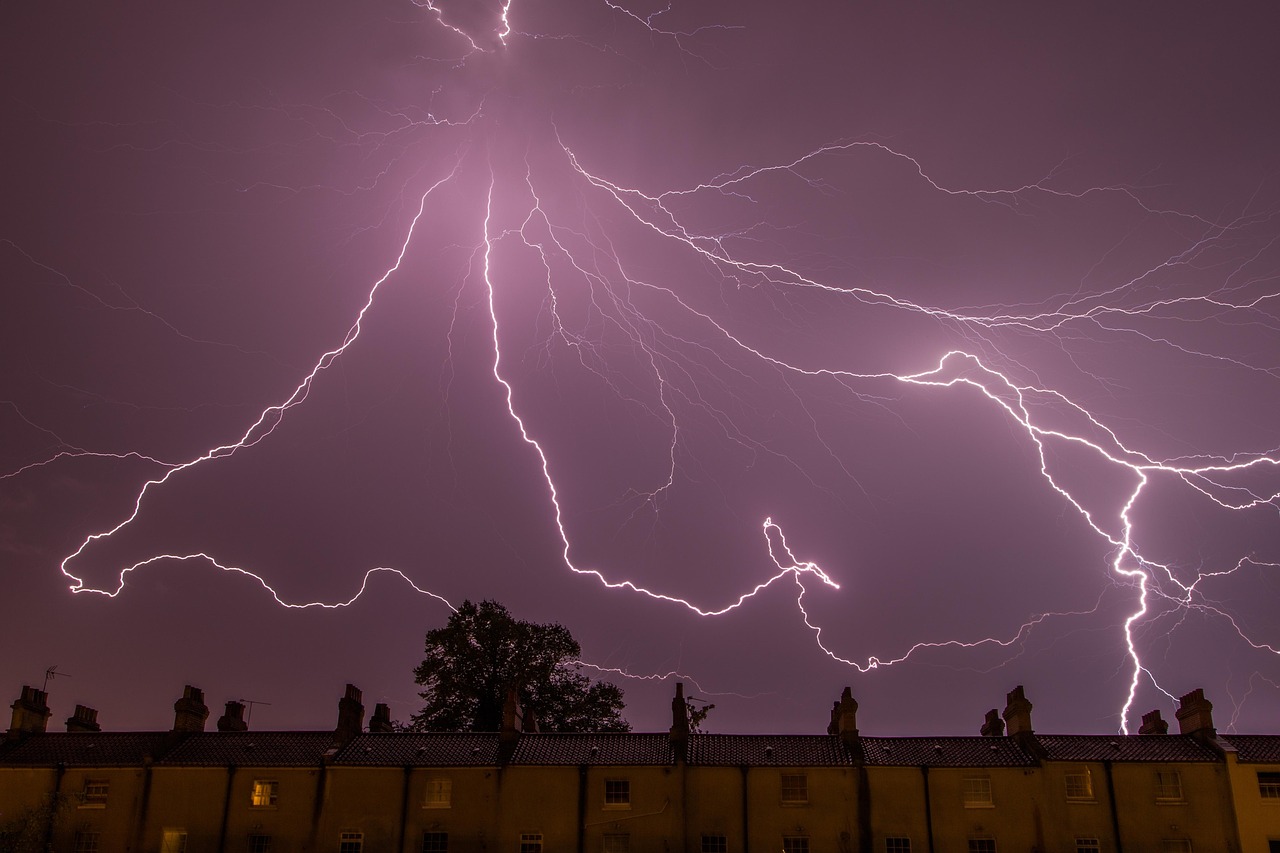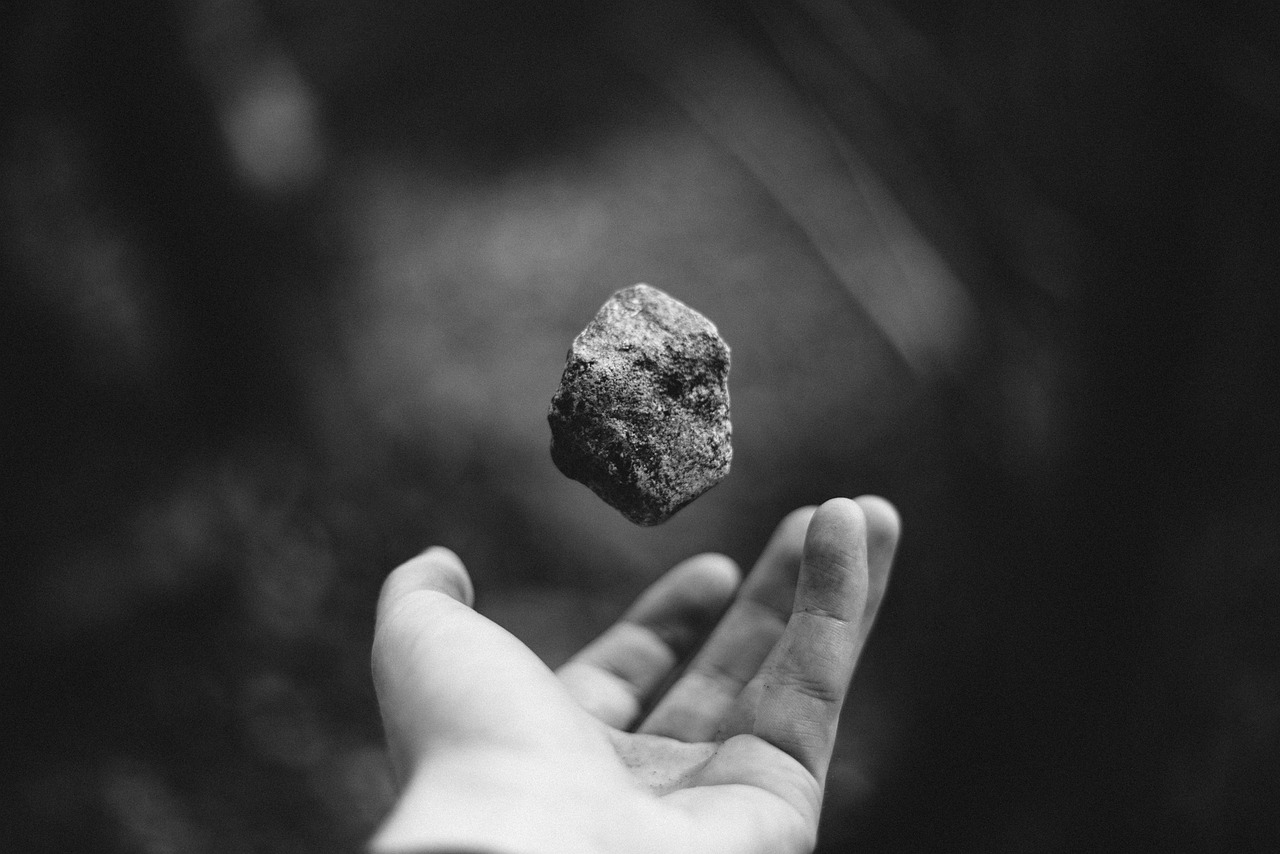The seagrape tree, known scientifically as Coccoloba uvifera, is a stunning coastal plant that thrives in Florida’s sandy beaches and coastal areas. Its unique features and ecological significance make it a true gem of the region.
The seagrape tree is a member of the buckwheat family and is primarily found in tropical and subtropical regions. This tree is not only valued for its aesthetic appeal but also plays a critical role in the coastal ecosystem. It acts as a natural barrier against storms and helps to stabilize sandy shorelines, which is vital for protecting inland areas from erosion.

Seagrapes are evergreen trees that can reach heights of up to 25 feet. Their broad, glossy leaves can grow to be quite large, often measuring around 6 to 8 inches in length. The leaves are oval-shaped and can vary in color from dark green to reddish hues. The tree produces clusters of small, greenish flowers that eventually develop into grapes, which are edible and attract various wildlife.
Characteristics of the Seagrape Tree
Understanding the characteristics of the seagrape tree enhances appreciation for its role in the environment. Below are some of the most distinctive features:
- Leaves: The leaves are thick and leathery, making them resilient to salt spray and wind.
- Flowers: The flowers bloom in small clusters, typically between March and June.
- Fruits: The grape-like berries ripen in late summer and can be eaten raw or used to make jams and jellies.
- Habitat: Seagrapes thrive in sandy soils and are commonly found along coastal dunes and beaches.
The seagrape tree not only provides food for birds and other wildlife but also offers shade for beachgoers. Its dense foliage creates a habitat for various species, contributing to biodiversity along the coast. Moreover, the fruit is known for its high antioxidant content, making it beneficial for human consumption as well.
| Feature | Description |
|---|---|
| Scientific Name | Coccoloba uvifera |
| Height | Up to 25 feet |
| Leaf Size | 6 to 8 inches long |
| Flowering Season | March to June |
| Fruit Ripening | Late summer |
The seagrape tree’s adaptability to its environment is remarkable. It can withstand harsh coastal conditions, including saltwater exposure and strong winds. This resilience makes it a popular choice for landscaping in coastal areas, where it serves both aesthetic and functional purposes.
In addition to its ecological benefits, the seagrape tree has cultural significance. Native American tribes have utilized its fruit for generations. Today, many people enjoy seagrape jelly or use the leaves for crafting. Its presence along Florida’s coasts symbolizes the natural beauty and richness of the region.
As we delve deeper into the world of the seagrape tree, we will explore its ecological importance further, alongside its uses and how to cultivate this magnificent plant in your own garden.
Ecological Importance of the Seagrape Tree
The seagrape tree plays a crucial role in coastal ecosystems. Its unique adaptations allow it to thrive in environments that are often challenging for other plants. This section highlights the ecological benefits that seagrape trees provide to their surroundings.
Soil Stabilization
One of the primary ecological functions of the seagrape tree is soil stabilization. The extensive root system of the tree helps to anchor sandy soils, preventing erosion caused by wind and water. This is particularly vital in coastal areas where shifting sands can lead to habitat loss.
Habitat for Wildlife
The seagrape tree serves as a habitat for various species, contributing to biodiversity. The following are some of the wildlife attracted to seagrape trees:
- Birds: Many bird species feed on the fruits and use the foliage for nesting.
- Insects: Pollinators, such as bees and butterflies, are drawn to the flowers, supporting their populations.
- Mammals: Small mammals may also seek shelter in the dense branches of seagrape trees.
This interaction between the seagrape tree and local wildlife fosters a balanced ecosystem, ensuring that various species can thrive together in harmony.
Cultural Significance of Seagrape Trees

The seagrape tree holds cultural importance beyond its ecological contributions. Various communities have found ways to incorporate this remarkable tree into their traditions and culinary practices.
Traditional Uses
For centuries, Native American tribes in Florida have utilized seagrape trees in various ways:
- Food: The fruits can be eaten raw or processed into jams, jellies, and sauces. Their sweet flavor makes them a delightful treat.
- Crafting: The sturdy leaves are often used for weaving mats and baskets.
- Medicinal: Some tribes have historically used parts of the tree for medicinal purposes, although specific practices may vary.
Modern Day Appreciation
In contemporary times, the seagrape tree continues to be celebrated for its beauty and utility. Many coastal residents plant them for their aesthetic value and natural shade. Coastal parks and resorts frequently feature seagrapes as part of their landscaping efforts.
The fruit has found its way into local cuisine, with many restaurants serving dishes that showcase seagrape jelly or incorporating the fruit into desserts. This not only promotes local agriculture but also encourages a deeper appreciation of Florida’s native flora.
Cultivation and Care of Seagrape Trees

Cultivating seagrape trees in gardens or landscaping projects requires understanding their specific needs. Here are some essential tips for successful growth:
- Soil Type: Seagrapes prefer well-drained sandy soil, making them ideal for coastal planting.
- Sunlight: They thrive in full sun but can tolerate partial shade.
- Watering: While they are drought-resistant once established, regular watering is essential during the early growth stages.
- Pruning: Pruning helps maintain shape and encourages healthy growth.
This understanding not only aids in growing healthy seagrape trees but also promotes their conservation, ensuring future generations can enjoy their beauty and benefits.

Pests and Diseases Affecting Seagrape Trees
Like any plant, seagrape trees can be susceptible to various pests and diseases. Understanding these threats is essential for maintaining healthy trees and ensuring their longevity. This section discusses common pests and diseases that affect seagrape trees and how to manage them effectively.
Common Pests
Several pests can pose a risk to seagrape trees, affecting their health and vigor. Here are some of the most common:
- Scale Insects: These tiny pests can appear as small, waxy bumps on leaves and stems. They feed on plant sap, leading to weakened trees.
- Aphids: Aphids are small, soft-bodied insects that also suck sap from new growth, potentially causing leaf distortion and reduced vigor.
- Leaf Spot Fungus: This fungal infection can result in unsightly spots on leaves. While it might not kill the tree, it can weaken it over time.
Regularly inspecting your seagrape trees for signs of pest infestations is crucial. Early detection allows for timely interventions, reducing damage to the tree.
Management Strategies
Managing pests effectively involves a combination of cultural practices and organic treatments. Here are some recommended strategies:
- Regular Monitoring: Keep an eye on your seagrape trees for any signs of pests or disease. Early detection can prevent larger infestations.
- Natural Predators: Encourage beneficial insects like ladybugs and lacewings that prey on harmful pests such as aphids.
- Organic Insecticides: If necessary, consider using organic insecticides made from natural ingredients. Always follow label instructions to ensure safe application.
The Role of Seagrape Trees in Coastal Restoration
Seagrape trees play a vital role in coastal restoration efforts, particularly in areas affected by erosion or habitat degradation. Their unique characteristics make them ideal candidates for restoration projects aimed at protecting coastal environments.
Erosion Control
The extensive root system of seagrape trees helps bind sandy soils together, which is essential in preventing erosion along coastlines. When planted strategically along beaches and dunes, these trees provide a natural barrier against wind and waves.
Enhancing Biodiversity
By providing habitat and food for various species, seagrape trees help enhance biodiversity in coastal areas. Their presence can attract birds, insects, and other wildlife, which are essential for maintaining ecological balance.
Community Involvement
Community-based restoration projects often involve planting seagrape trees as part of broader initiatives. Local volunteers can participate in planting events, fostering a sense of stewardship for their coastal environments. This involvement not only educates participants about local ecosystems but also strengthens community ties.
Seagrapes in the Landscape
The aesthetic value of seagrape trees makes them popular choices for landscaping in coastal regions. Their unique shape and lush foliage can enhance the beauty of gardens and public spaces alike.
Design Considerations
When incorporating seagrape trees into landscape designs, consider the following:
- Spacing: Allow enough space between trees to accommodate their mature size and provide adequate airflow.
- Grouping: Planting seagrapes in groups can create a natural look while maximizing their protective benefits against wind and erosion.
- Companion Plants: Pair seagrapes with other native plants that thrive in similar conditions to enhance biodiversity and create a vibrant landscape.
The versatility of seagrape trees makes them valuable assets in both ecological restoration and ornamental landscaping, further emphasizing their importance in Florida’s coastal environments.
Seagrape Trees in Local Culture and Economy
The seagrape tree is not only an ecological and aesthetic asset; it also plays a significant role in local culture and economic activities in Florida. Its presence can be seen in various aspects of daily life, from culinary traditions to commercial enterprises.
Culinary Uses
Seagrapes are a unique fruit that has found its way into the hearts and kitchens of many Floridians. The following are some common culinary applications:
- Jams and Jellies: The sweet, tangy flavor of seagrapes makes them an excellent ingredient for jams and jellies, which are popular among local residents and visitors alike.
- Gastronomic Delicacies: Some chefs incorporate seagrape fruits into salads, desserts, and sauces to showcase their unique flavor profile.
- Preservation: The fruit can be fermented to create drinks or preserved for use throughout the year, reflecting the resourcefulness of local communities.
Economic Impact
The cultivation and harvesting of seagrapes contribute to the local economy in several ways:
- Tourism: Many tourists visit Florida to experience its natural beauty, including seagrape-lined beaches. This influx boosts local businesses, including restaurants and shops that highlight local produce.
- Local Farming: Farmers have recognized the value of seagrapes, growing them commercially for both fruit sales and landscaping supplies.
- Crafts: Artisans use seagrape leaves and fruits for crafting, selling items like woven mats or decorative pieces, further supporting the local economy.
Final Thoughts
The seagrape tree is truly a remarkable component of Florida’s coastal landscape. Its ecological importance cannot be overstated; it stabilizes sandy soils, provides habitat for wildlife, and enhances biodiversity. Additionally, its cultural significance is rich, with deep roots in culinary practices and community traditions.
The versatility of seagrapes extends beyond ecological and cultural dimensions. They serve as functional plants in landscaping while contributing to the local economy through tourism and agriculture. By appreciating and preserving these trees, communities can ensure their benefits continue for future generations.
As we move forward, it is essential to recognize the value of native plants like the seagrape tree. Encouraging their cultivation, understanding their role in the ecosystem, and integrating them into our lives can enhance both our environment and our cultural heritage. The seagrape tree stands as a testament to the beauty and resilience of Florida’s coastal ecosystems, reminding us of the intricate connections between nature, culture, and community.
